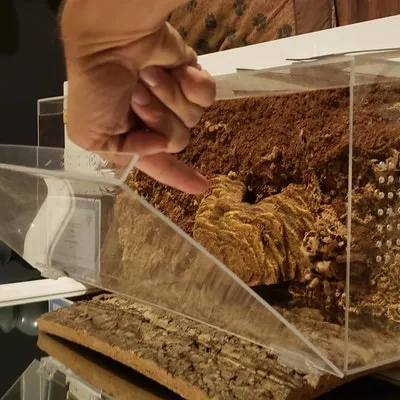Choosing the Right Large Tarantula Cage
Selecting the proper large tarantula cage is the foundation of responsible tarantula keeping. A well-chosen enclosure provides a safe, comfortable, and stimulating environment, crucial for your tarantula’s health and happiness. The cage is not merely a container; it’s a miniature ecosystem where your pet will spend its entire life. Considering factors such as size, material, ventilation, and ease of maintenance ensures that your tarantula thrives. This guide will provide all the necessary information to help you make an informed decision, covering everything from understanding your tarantula’s needs to setting up and maintaining its habitat. Proper housing promotes natural behaviors, facilitates molting, and prevents stress, leading to a longer, healthier life for your fascinating arachnid companion.
Size Matters: Determining Cage Dimensions
Cage size is paramount for your tarantula’s well-being. Too small, and your tarantula will be cramped and stressed, potentially leading to behavioral issues and difficulty molting. Too large, and it may feel insecure, making it harder to find food and creating a risk of falls. The ideal cage size strikes a balance between providing adequate space for movement and a sense of security. Consider the adult size of your tarantula species when selecting a cage. For terrestrial species, focus on floor space, as they are primarily ground dwellers. For arboreal species, height is more critical, allowing them to climb and create their web structures. Always opt for the largest cage size possible without compromising the tarantula’s sense of security.
Understanding Tarantula Size and Growth
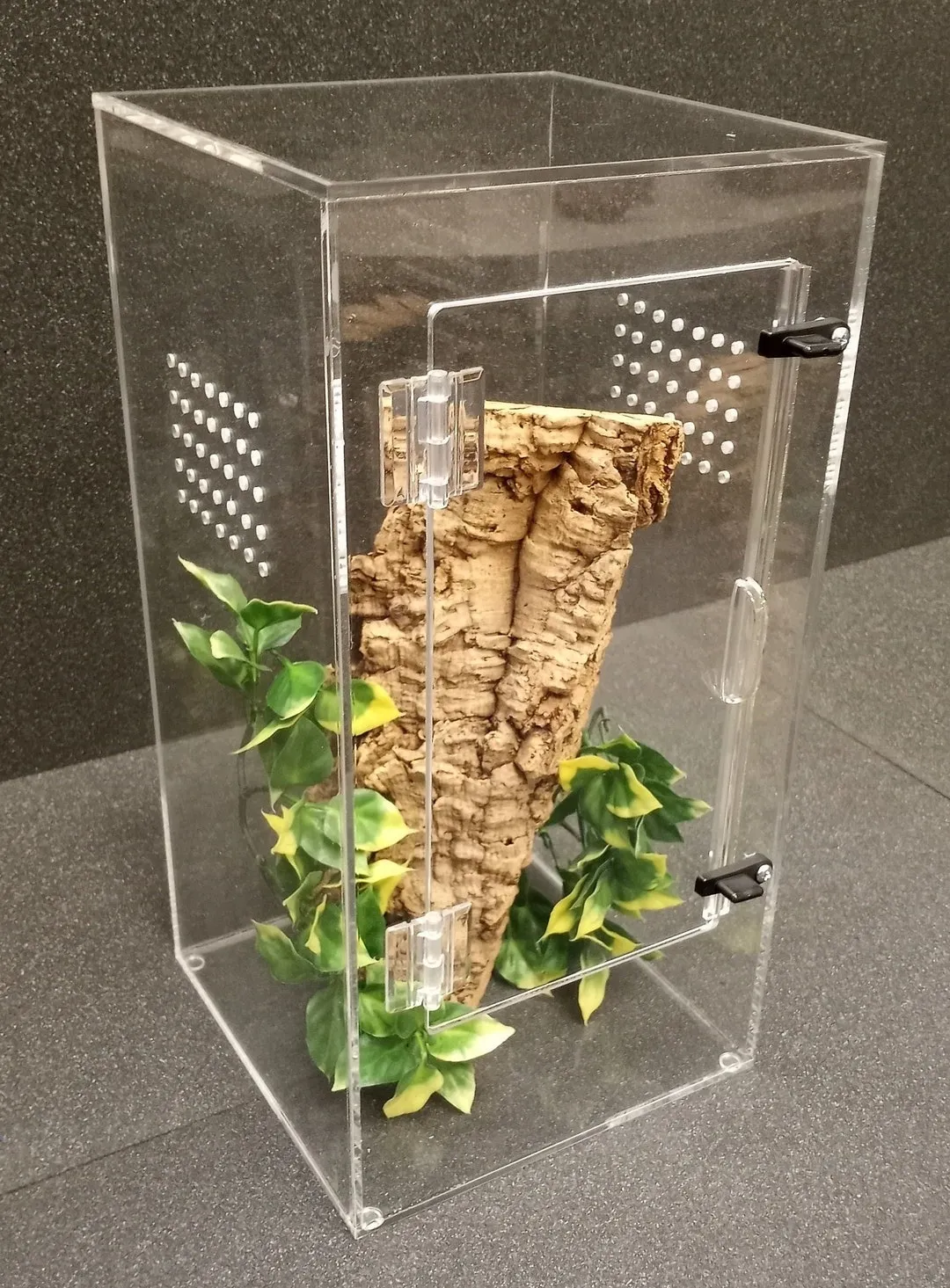
Tarantulas, like all arthropods, grow by molting their exoskeletons. This process is a significant consideration when choosing a cage. Juvenile tarantulas molt frequently, requiring more frequent cage adjustments, whereas adults molt less often. The cage must be large enough to accommodate the tarantula’s adult size, allowing ample space for molting without risk of injury. Observe your tarantula’s growth rate to anticipate when a larger cage will be needed. Different species have varying growth rates, so research your specific tarantula’s requirements. A good rule of thumb is to provide a cage at least two to three times the tarantula’s leg span in width and length, with sufficient height for arboreal species to climb and for all species to avoid falls during molting.
Minimum Cage Size Requirements
Minimum cage size guidelines help ensure your tarantula’s well-being. These are based on the tarantula’s leg span. Generally, the minimum floor space for terrestrial species should be at least twice the leg span in width and depth. For arboreal species, the height should be at least twice the leg span. While these are minimums, larger enclosures are always preferable. Larger cages provide more room for enrichment, allowing you to create a more complex and engaging habitat. Always err on the side of more space. Inadequate space can lead to stress, reduced appetite, and other health problems. Research your specific tarantula species to determine the recommended minimum and optimal cage dimensions.
Factors Affecting Cage Size
Several factors influence the ideal cage size beyond just the tarantula’s leg span. Substrate depth, the amount of decor (hiding places, climbing structures), and ventilation needs can all impact the usable space within the enclosure. A deep substrate is essential for burrowing species, requiring a taller cage. The amount of decor you provide can influence the tarantula’s sense of security and enrichment but reduces the available floor space. Proper ventilation is crucial, and the design of the cage must accommodate airflow, potentially requiring larger dimensions. Consider all these elements when determining the optimal cage size to ensure a balanced and enriching environment. An understanding of your tarantula’s specific needs is crucial to cater for the perfect living space for the arachnid.
Optimal Materials for Large Tarantula Cages

The material of your tarantula cage significantly impacts its suitability. Different materials offer varying advantages and disadvantages in terms of visibility, durability, ventilation, and ease of maintenance. The best choice depends on your budget, aesthetic preferences, and the specific needs of your tarantula species. The cage material needs to be non-toxic and provide a secure environment, preventing the tarantula from escaping while also allowing you to monitor its behavior and health. It is also important to ensure the chosen material retains heat and humidity levels required for your pet’s well-being. Understanding these factors will help you make an informed decision about the ideal cage material for your tarantula.
Glass Enclosures Benefits and Drawbacks
Glass enclosures are a popular choice for tarantula keeping due to their excellent visibility. They offer clear views of your tarantula, allowing you to observe its behavior and health easily. Glass is also relatively easy to clean and maintain, as it’s non-porous and resists scratches. However, glass enclosures can be heavier than other options. The weight can make them more difficult to move and position. They also offer poorer insulation than other materials, which may require more precise temperature and humidity control, especially in colder climates. Moreover, glass can be more expensive than other materials. The choice between glass and other materials often comes down to personal preference and your specific setup requirements.
Acrylic Enclosures Advantages and Disadvantages
Acrylic enclosures offer several advantages, including being lightweight, durable, and providing excellent visibility. Acrylic is also an excellent insulator, which can help maintain stable temperatures and humidity levels. It is highly resistant to scratches compared to glass, preserving clarity over time. However, acrylic enclosures may be more expensive upfront than glass or plastic. Acrylic can also be prone to static electricity, which can attract dust. Some keepers also report that acrylic enclosures can be more difficult to drill holes for ventilation or accessories. Considering these pros and cons will help you to choose the most suitable material based on your priorities and budget.
Mesh Cages Suitability for Tarantulas
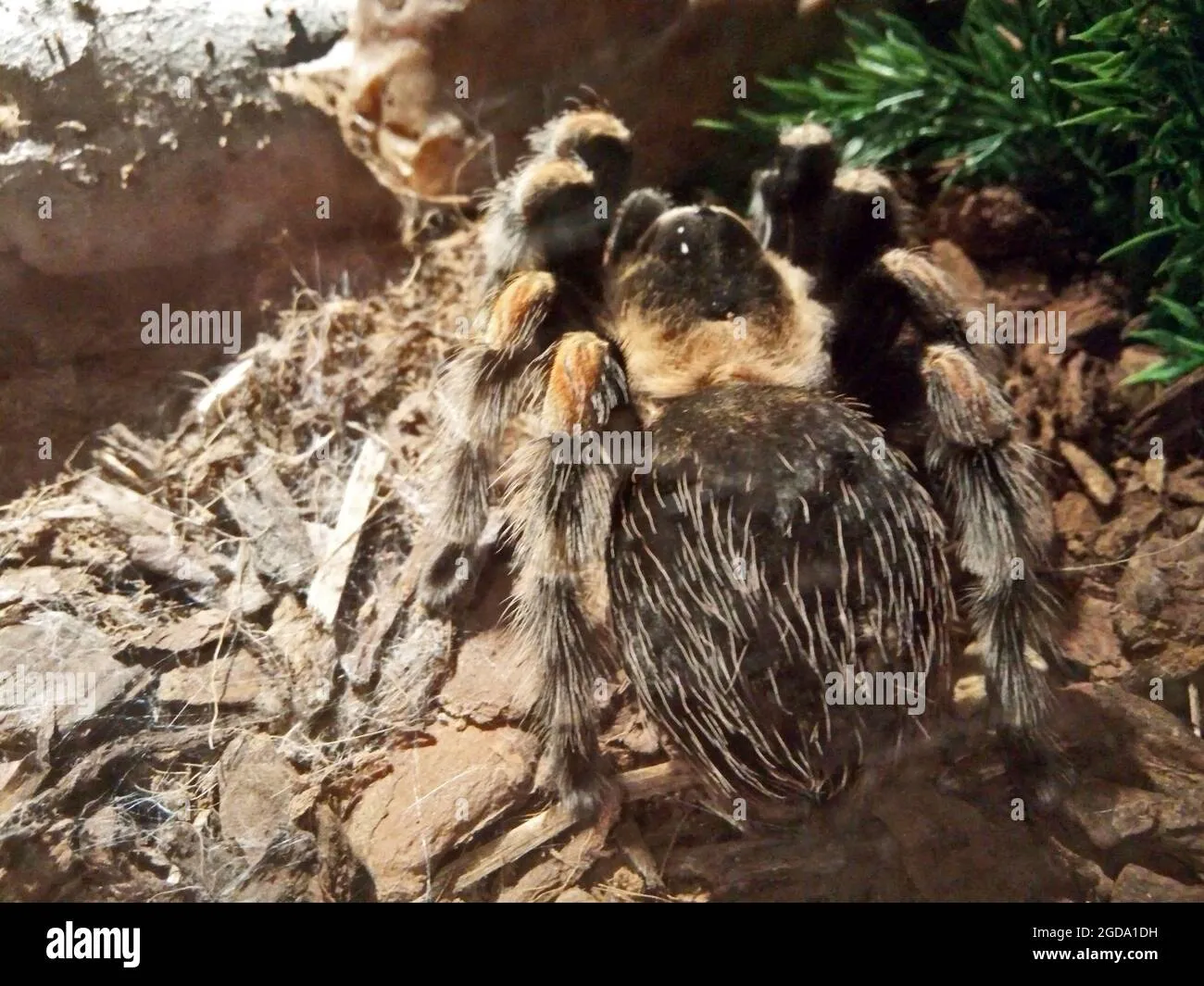
Mesh cages can be used for tarantulas, but they have limitations. The primary advantage is excellent ventilation, which is crucial for preventing mold and maintaining a healthy environment. However, mesh cages often do not retain humidity well, and maintaining the required humidity levels can be challenging, particularly in dry climates. Mesh can also be a potential hazard to tarantulas, as their claws can get caught in the material, leading to injury. Fine mesh is recommended, but it still may not be ideal. Consider the humidity and security needs of your tarantula species before choosing a mesh cage. If you opt for a mesh enclosure, ensure it has a secure top and sides to prevent escapes and provide a suitable substrate to maintain humidity.
Essential Features for a Large Tarantula Cage
Several features are essential for a safe and enriching tarantula enclosure. These features address safety, ventilation, and the overall well-being of your pet. Prioritizing these aspects will ensure the cage provides the ideal environment. Key features contribute significantly to your tarantula’s health and happiness. Consider the specific needs of your tarantula species when selecting a cage. The inclusion of these features reflects a commitment to responsible tarantula keeping, setting the stage for a thriving arachnid companion.
Ventilation Requirements for Tarantula Health
Proper ventilation is crucial for tarantula health. It prevents the buildup of stale air, ammonia, and mold. The design should facilitate airflow, which helps regulate humidity and temperature. Ventilation can be achieved through strategically placed vents or a combination of vents and a mesh top. The number and size of vents depend on the size of the enclosure and the specific species’ needs. Ensure that vents are small enough to prevent the tarantula from escaping but large enough to allow for adequate airflow. Ventilation should be balanced; excessive airflow can lead to dehydration, while insufficient ventilation can cause mold and respiratory problems. Regularly check and clean the ventilation to prevent blockages and ensure effective airflow. Choose a cage design that prioritizes air circulation to maintain optimal environmental conditions.
Substrate Depth and Type
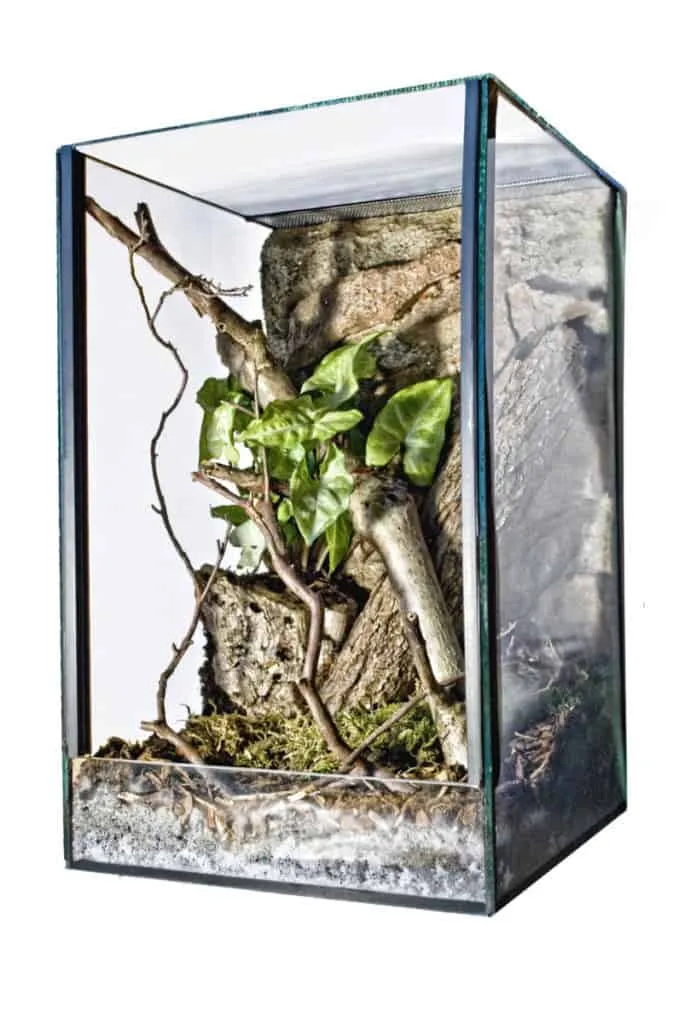
The substrate is the material lining the bottom of the cage and plays a vital role in humidity regulation, providing a place to burrow, and promoting a natural environment. The depth of the substrate varies based on the tarantula species. Burrowing species require a deeper substrate to create their burrows, while terrestrial species typically need less. The type of substrate is also crucial. Popular choices include coconut fiber, peat moss, and a mixture of these with other materials like sphagnum moss. The substrate should retain moisture but not become waterlogged. Regularly monitor the substrate’s moisture levels and adjust as needed to maintain optimal humidity. Proper substrate selection and maintenance are essential to the tarantula’s overall health and well-being, simulating its natural habitat.
Hiding Places and Enrichment
Providing hiding places and enrichment is crucial for reducing stress and promoting natural behaviors in your tarantula. Hiding places, such as cork bark, artificial plants, or commercially available hides, provide security and a sense of safety. Enrichment refers to the elements that stimulate the tarantula’s environment. This could include climbing structures, varied substrate textures, and live plants. Adding a variety of enrichment elements encourages exploration and activity, contributing to the tarantula’s physical and mental well-being. Avoid overcrowding the enclosure, but provide enough enrichment to stimulate the tarantula’s interest and mimic its natural habitat. Regularly rearrange decor to provide novelty and prevent the tarantula from becoming bored.
Humidity and Temperature Control
Maintaining the correct humidity and temperature is vital for your tarantula’s health and successful molting. Humidity can be regulated by the substrate, the size of the water dish, and the amount of ventilation. Misting the enclosure with water can also help increase humidity, but avoid over-misting, as this can lead to mold. Temperature requirements vary by species, so research your tarantula’s needs. You can use a heat lamp or a heat mat, but be careful to prevent overheating. Use a thermometer and hygrometer to monitor temperature and humidity levels. Regularly adjust these levels to meet your tarantula’s needs. Consistent monitoring and adjustments are key to creating a stable and healthy environment. The aim is to mimic the natural habitat of your tarantula, ensuring its comfort and well-being.
Setting Up the Perfect Large Tarantula Habitat

Setting up a tarantula habitat is a rewarding process that involves creating an environment that meets your pet’s needs. From choosing the right cage to providing proper substrate, hiding places, and temperature regulation, each step contributes to creating a healthy and stimulating environment. By carefully following the steps outlined below, you can ensure that your tarantula thrives in its new home. Proper setup is the first step towards successful tarantula keeping and a rewarding experience for both you and your pet. The aim is to provide the essentials, followed by careful monitoring and adjustments to ensure the setup meets your tarantula’s specific needs.
Step-by-Step Cage Setup Guide
Here’s a step-by-step guide to setting up your tarantula’s habitat. First, choose the right-sized cage based on your tarantula’s species and size. Next, select a suitable substrate; coconut fiber, peat moss, or a mix are good choices. Add the substrate to the appropriate depth, considering burrowing needs. Provide a water dish, ensuring it is shallow enough to prevent drowning. Include hiding places like cork bark or artificial plants to provide security. Add any desired decor, such as climbing structures or artificial plants. Position a thermometer and hygrometer to monitor temperature and humidity. Finally, introduce your tarantula to its new home. Regularly monitor the environment and make adjustments as needed to ensure the ideal conditions. Careful setup is essential for ensuring the well-being of your tarantula.
Creating a Safe and Secure Environment
Safety and security are crucial aspects of the tarantula habitat. Ensure that the enclosure is escape-proof, with a secure lid or door. Check for any gaps or openings where the tarantula could potentially squeeze out. Choose a cage material that is not easily damaged and that provides a secure environment. Avoid any decorations or elements that could be toxic or harmful to the tarantula. The habitat should be free from hazards and offer a sense of security, allowing your tarantula to feel safe and comfortable. Maintaining a safe environment reduces stress and promotes overall health. Always supervise children when handling or observing the enclosure to avoid accidental harm to the tarantula.
Decorating for Tarantula Wellbeing
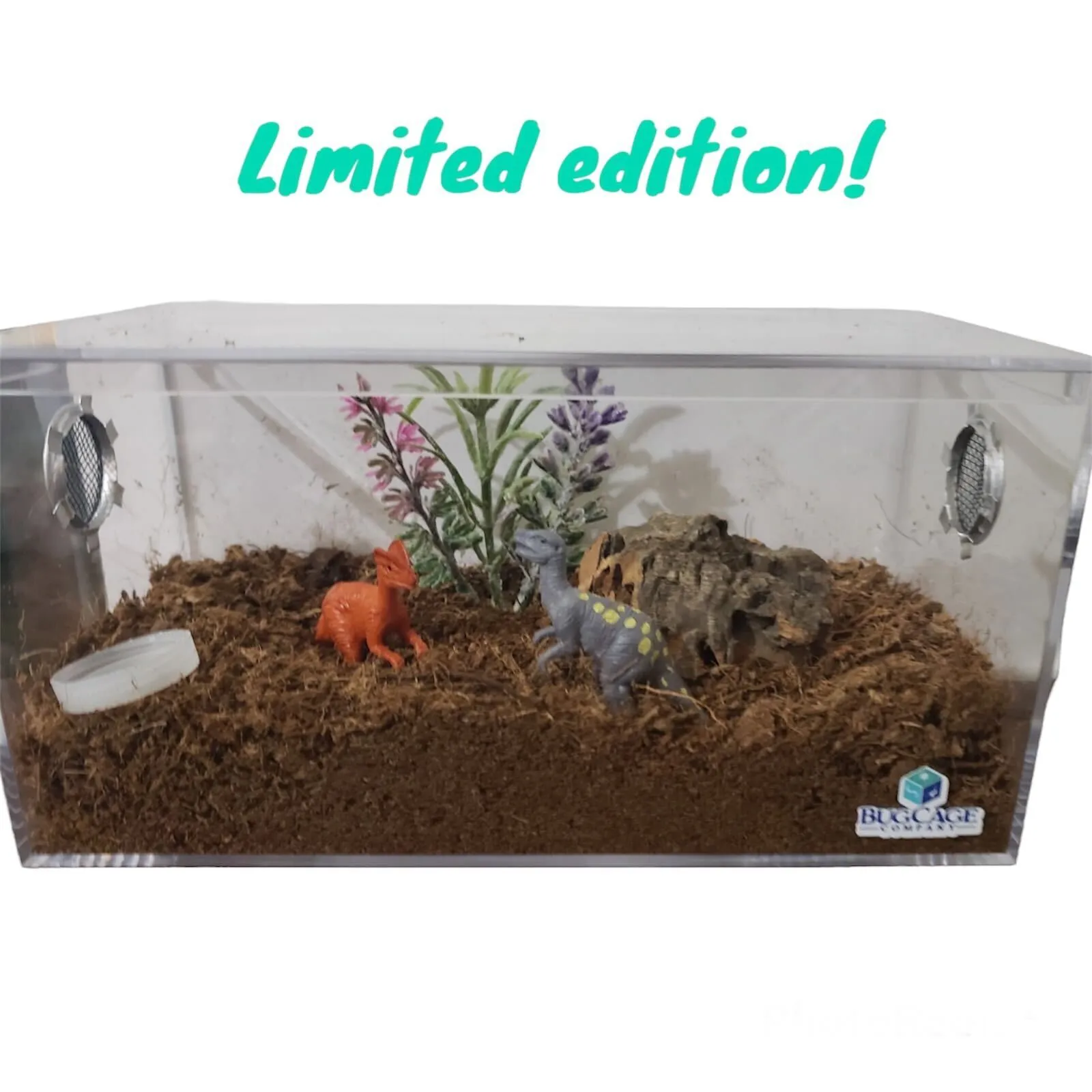
Decorating your tarantula’s enclosure goes beyond aesthetics; it also significantly contributes to your tarantula’s wellbeing. Incorporate elements that mimic the natural environment. Provide hiding places, such as cork bark or artificial caves, which are crucial for security. Use live or artificial plants to add visual interest and help maintain humidity. Add climbing structures for arboreal species. The decor should be non-toxic and safe for the tarantula. Avoid sharp objects or anything that could potentially cause injury. Varying the decor provides enrichment. This contributes to the overall health and happiness of your pet. The inclusion of suitable decorations can prevent stress and boredom.
Maintaining Your Large Tarantula Cage
Regular maintenance is essential to ensure a healthy and thriving environment for your tarantula. Proper upkeep helps to prevent the buildup of waste, maintain appropriate humidity and temperature levels, and ensure the overall hygiene of the enclosure. Adhering to a consistent maintenance schedule and addressing any emerging problems promptly will contribute to the longevity and well-being of your pet. The maintenance process is not only about cleaning the cage but also about observing your tarantula’s behavior and environment to identify any potential issues. Careful attention to these details will significantly impact the health and happiness of your tarantula.
Cleaning and Maintenance Schedule
Establish a consistent cleaning and maintenance schedule. Spot-clean the enclosure daily to remove any uneaten food and waste. This prevents the growth of mold and bacteria. Perform a partial substrate change every month, replacing about one-third to one-half of the substrate. This helps to maintain hygiene and control odors. Conduct a full substrate change every six months or as needed, depending on the species and environment. Regularly wipe down the cage walls and decorations to remove dust and debris. Monitor humidity and temperature levels daily and adjust as necessary. Regularly check the water dish and refill it with fresh water. Following a regular schedule will keep the habitat clean and conducive to tarantula health.
Common Issues and Solutions

Several common issues can arise in tarantula enclosures. Mold can develop in overly humid environments. Ensure proper ventilation and adjust humidity levels. Mites can infest the enclosure and can be introduced through substrate or decor. Isolate the affected enclosure and replace the substrate. Check the new items before introducing them into the enclosure. Dehydration can occur if humidity levels are too low, and the tarantula may show signs of lethargy or difficulty molting. Increase humidity by misting the enclosure or adding a larger water dish. Impaction, caused by the tarantula ingesting substrate, is a potential problem. Use a suitable substrate and provide a varied diet. Regularly inspect the tarantula for signs of illness and take appropriate action.
Troubleshooting Cage Problems
Troubleshooting is essential when dealing with problems in your tarantula’s enclosure. If the tarantula is not eating, check the temperature, humidity, and overall environment. Stress can also impact appetite. If the tarantula appears sluggish, check for proper temperature and signs of dehydration. If your tarantula is showing signs of molting, avoid disturbing it and maintain humidity. Regularly check the enclosure for any issues that may affect the health or well-being of the tarantula. Contact a veterinarian or experienced tarantula keeper if you are unsure. A proactive approach is crucial for a healthy tarantula. Knowing how to solve these issues will improve your tarantula-keeping experience.
